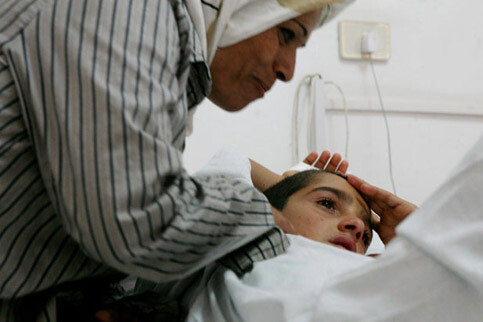UN Office for the Coordination of Humanitarian Affairs 19 September 2006

Hassan, 10, and a friend accidentally detonated a bomblet on their first day back in Aita Ech Chaab in the south (UNHCR/A. Branthwaite)
The sheer amount of unexploded ordnance that remains in south Lebanon, one of the poorest areas of the country, has implications for the future social and economic livelihood of the region. The quick destruction of remaining unexploded ordnance, particularly cluster bomb sub-munitions, is critical to restoring normalcy to the region and, ultimately, to a secure and lasting peace. It is vital that a social safety net be quickly established and that agricultural livelihoods are restored to prevent people from south Lebanon slipping deeper into poverty.
The Scale of the Problem
The Victims
The impact of cluster munitions on agricultural livelihoods
The Response to Cluster Bombs
Related Links